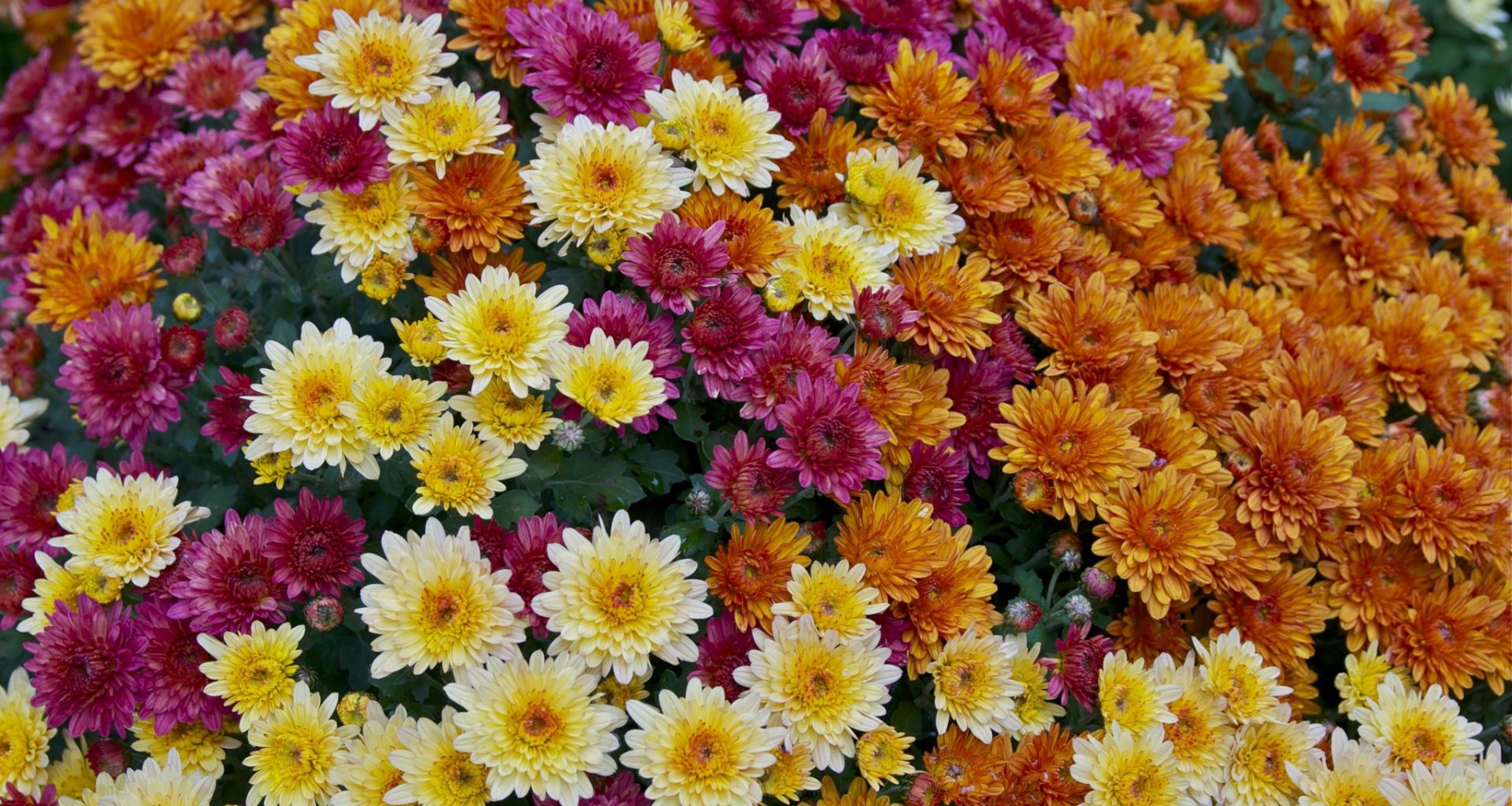What do man-made building materials, furniture pieces, upholstery and household cleaning products have in common? All of them can emit an assortment of toxic chemicals. Especially if your living space is poorly ventilated, the presence of those poisonous substances can pollute the air. This results in poor air quality indoors.
According to the experts, air you breathe inside your home and in your office can be more polluted than air outdoors. Because you spend 90% of your time indoors, this is a terrible thing. Are you aware that there’s the so-called “sick building syndrome” which causes symptoms such as nausea, headaches, and dizziness?
In addition, medical experts say that exposure to polluted air can be bad for your respiratory and cardiovascular systems! They add that those who are at high risk due to air pollution are individuals with heart disease, lung disease and those who are below 14 years of age. Pregnant women and the elderly are at great risk too!
Fortunately, there is one very simple way to purify indoor air: by placing plants in your living spaces. Just how effective is this? Well, they put plants inside NASA spaceships to ensure that the astronauts have access to clean air.
Household plants emit oxygen while absorbing carbon dioxide as well as a few other toxins in the air such as volatile organic compounds (VOCs) like benzene, formaldehyde, and various solvents like toluene and styrene. While purifying indoor air, they also make your living room, dining area, kitchen, bathroom, bedroom and other places in your home look amazing. Indeed, it’s a wonderful idea to adorn your abode with houseplants for lovelier living spaces and cleaner air!
The following are plants that are said to be very good at keeping indoor air clean:
Aloe Vera
A common home remedy for cuts, wounds, sunburn and even fine lines and wrinkles, aloe vera is also an excellent air purifier. It is said to be very good at absorbing by-products of some household cleaning solutions. Because aloe vera loves lots of sun, place it right next to windows.
Spider Plant
Got no green thumb? Place spider plant in your home because it’s so easy to grow. It doesn’t require constant watering and it can thrive even without being hit by direct sunlight. Experts say that this plant is capable of absorbing carbon monoxide and xylene which is a solvent used in the making of leather and rubber products.
Chrysanthemum
Not only can the beautiful blooms of the chrysanthemum plant make your living space look phenomenal, but it can also help you breathe clean air. The flowers the plant bears come in practically any color you can think of, except blue. Do place some chrysanthemums near windows to keep those blooms coming.
Snake Plant
Also sometimes called mother-in-law’s tongue, this houseplant is very good at keeping indoor air free of formaldehyde which is commonly found in a lot of products, from toilet paper to personal care goods. Consider placing some snake plants in the bedroom if you want to have some good night’s sleep.
Devil’s Ivy
Never let the name of this common houseplant fool you — it’s actually your protector against polluted indoor air. That’s because it is known to be an excellent absorber of formaldehyde. Also known as golden pothos, it thrives best with minimal watering and indirect sunlight. However, do keep it away from the reach of children and pets!
Chinese Evergreen
If you have never tried your hands at growing plants before, opt for Chinese evergreen because it’s trouble-free to take care of. In fact, it will grow even in areas where other plants refuse to grow! Despite of that, experts say that the plant is superb when it comes to absorbing a variety of air pollutants.













